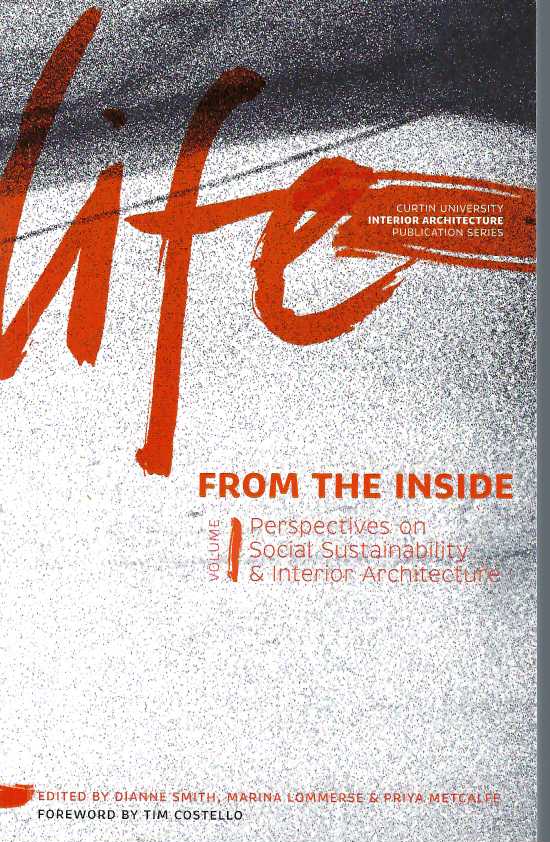This book argues that interior architects have a responsibility to practice their profession in collaborative ways that address the needs of communities and of to be the agents of social justice and cultural heritage. The book is divided into three sections, based on three pivotal themes ― community engagement, social justice and cultural heritage. Each section has chapters that put forward the principles of these themes, leading into a variety of fascinating case studies that illustrate how socially sustainable design is implemented in diverse communities across the world. The second section includes four concise case studies of community housing issues, including remote-area indigenous housing and housing for the homeless. The third section offers two extensively researched essays on design and cultural heritage ― a case study of the development of a redundant industrial site and a historical study of gendered domestic interiors.
The book appeals to a wider audience than the design community alone and challenges mainstream interior design/interior architecture practitioners nationally and internationally to take a leading role in the field of socially responsible design. The issues raised by the authors are relevant for individuals, communities, government and non-government organisations, professionals and students.
“In the twenty-first century we seem to have entered into a new world of knowledge discovery, where many of the most exciting insights come not from the authority of a traditional discipline, but from the dialogue that happens at the hubs and intersections of thought ― the arenas where different disciplines and approaches, different schools and habits of thinking, come together to collaborate and contend. This collection is a good example of this, and I hope the book will be widely read and its lessons learned and applied.”
Tim Costello, Officer of the Order of Australia, Chief Executive, World Vision Australia.
About the Author:
Dianne Smith is Associate Professor and Head of Program in Interior Architecture at Curtin University, and Adjunct Professor at Queensland University of Technology. Dianne’s research focuses on discriminating design with particular reference to people who are cognitively impaired, the meaning of environments, the impact of colour on experience, and our understanding of place, and design education.
Marina Lommerse is a designer, educator, curator, researcher and strategist with Marina Lommerse Consultants, and Adjunct Professor, Curtin University. She works with creative people and communities to strengthen individual and collective capacity and build supportive environments, mobilizing creative projects that promote positive change in communities, through publications, creative works, and curatorship of exhibitions.
Priya Metcalfe is a Lecturer at Curtin University and has over 15 years’ experience in practice, specializing in conservation and heritage. She has prepared heritage assessments and conservation plans for a wide range of commercial and residential buildings. Priya’s Master of Philosophy dissertation relates to issues of cultural heritage.
pp. 192, illusts #051221
